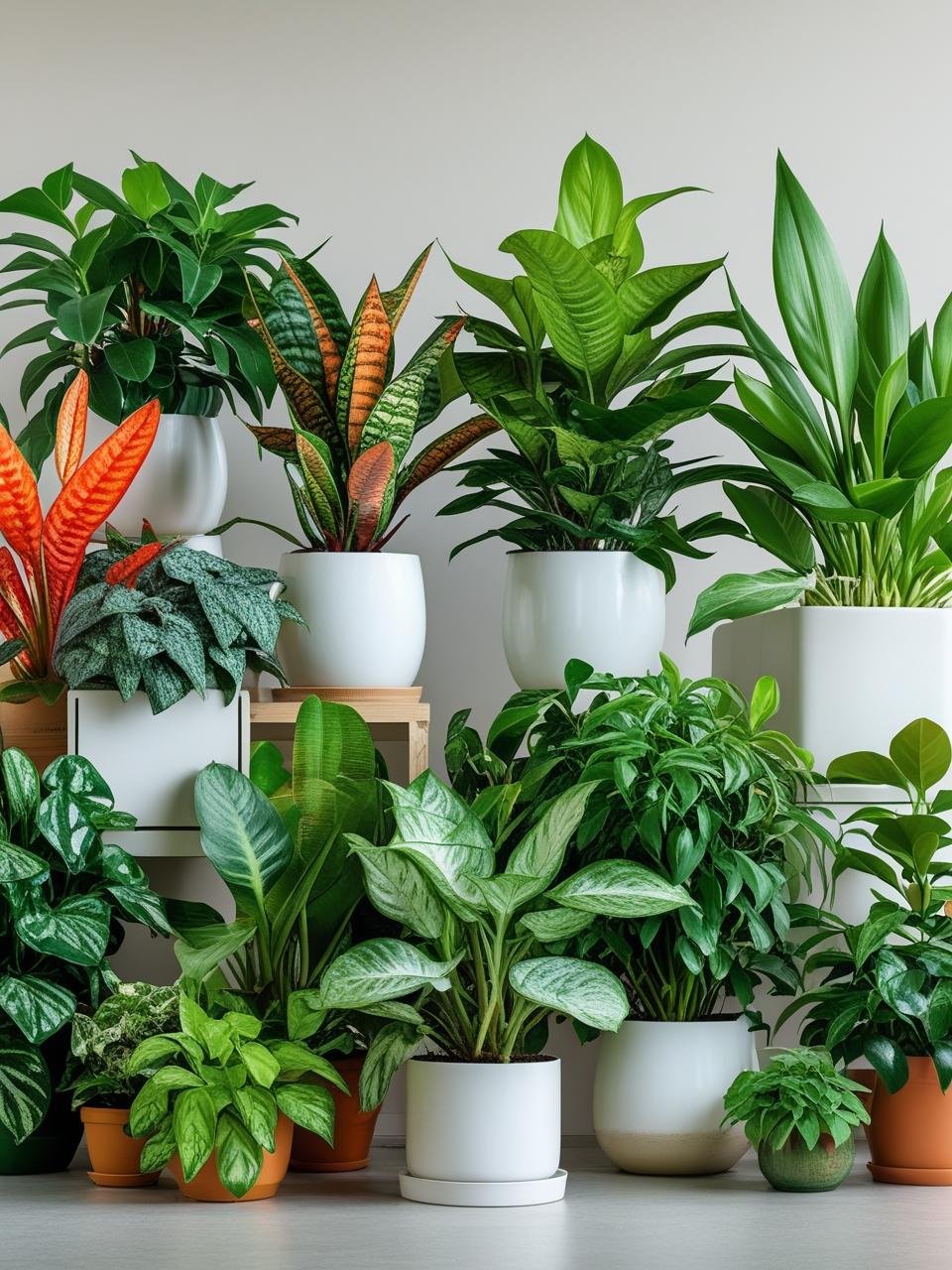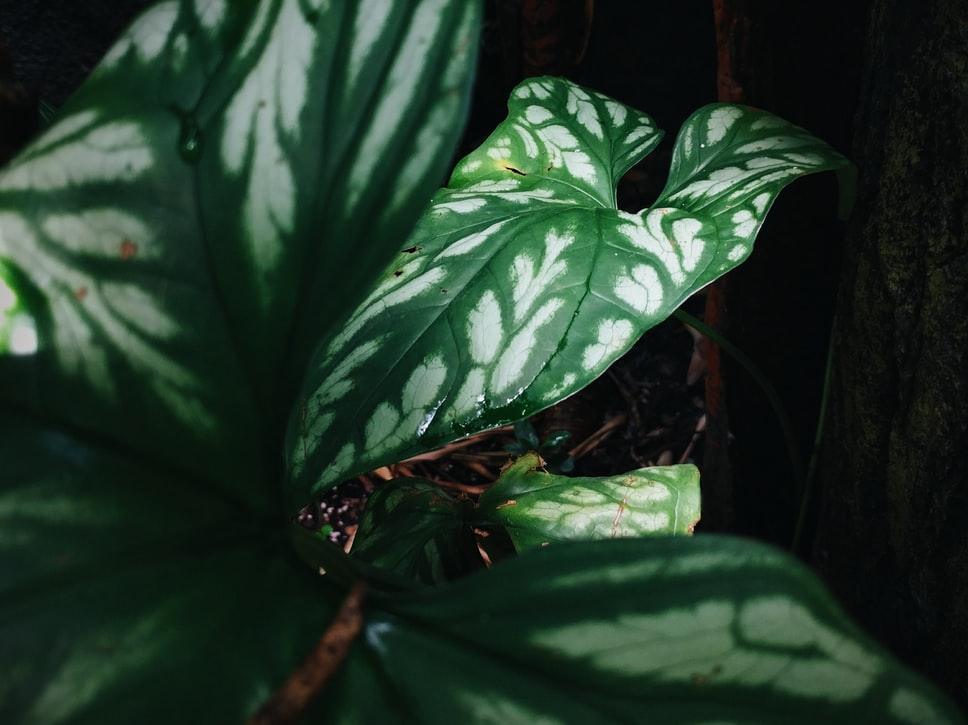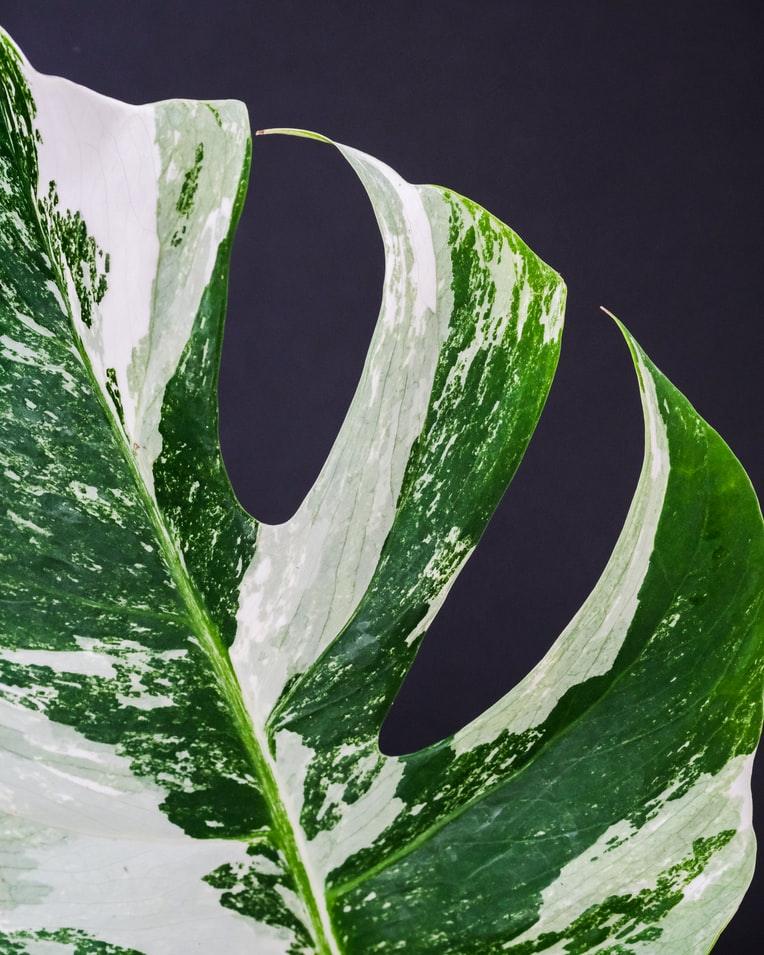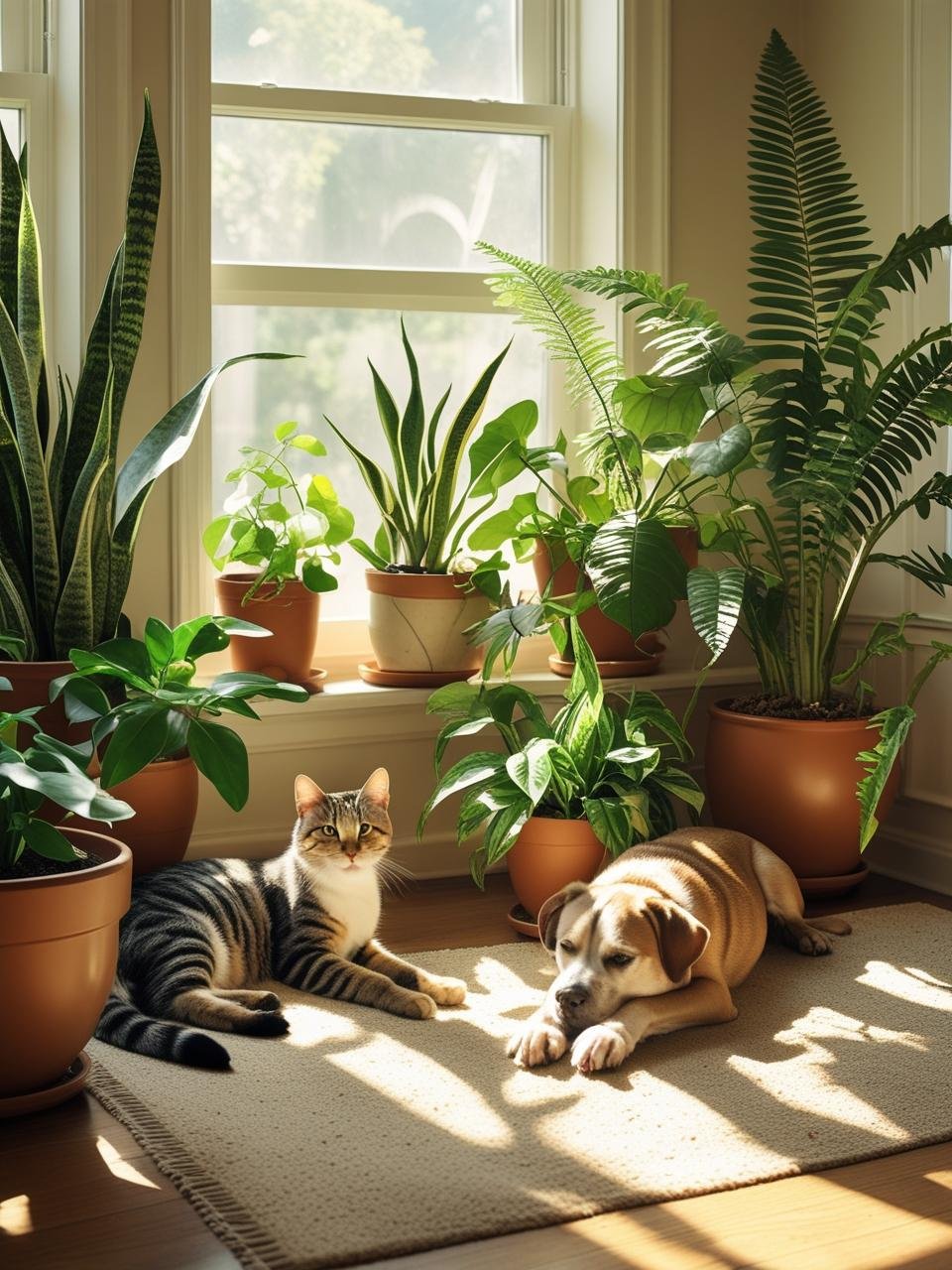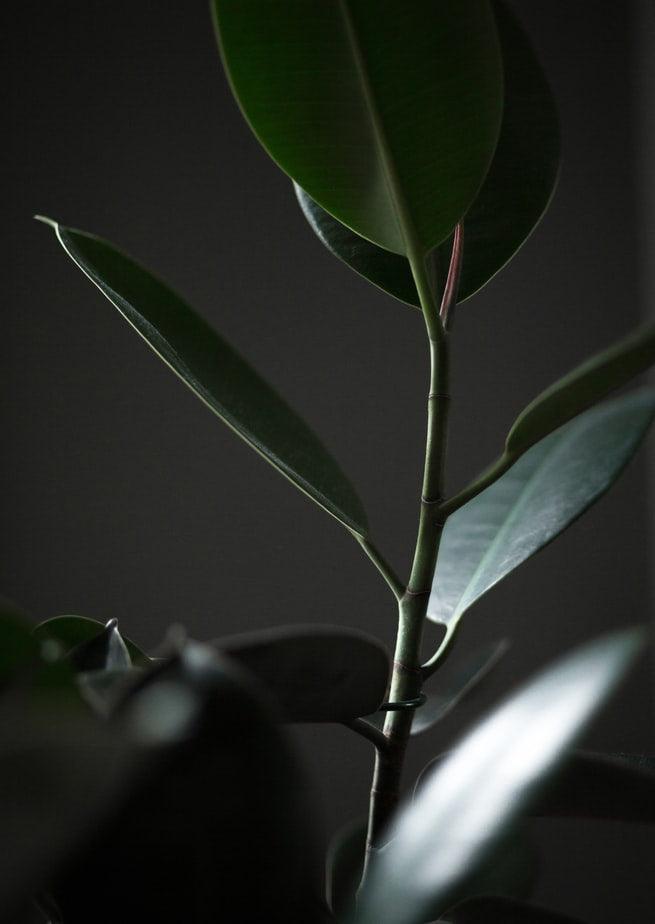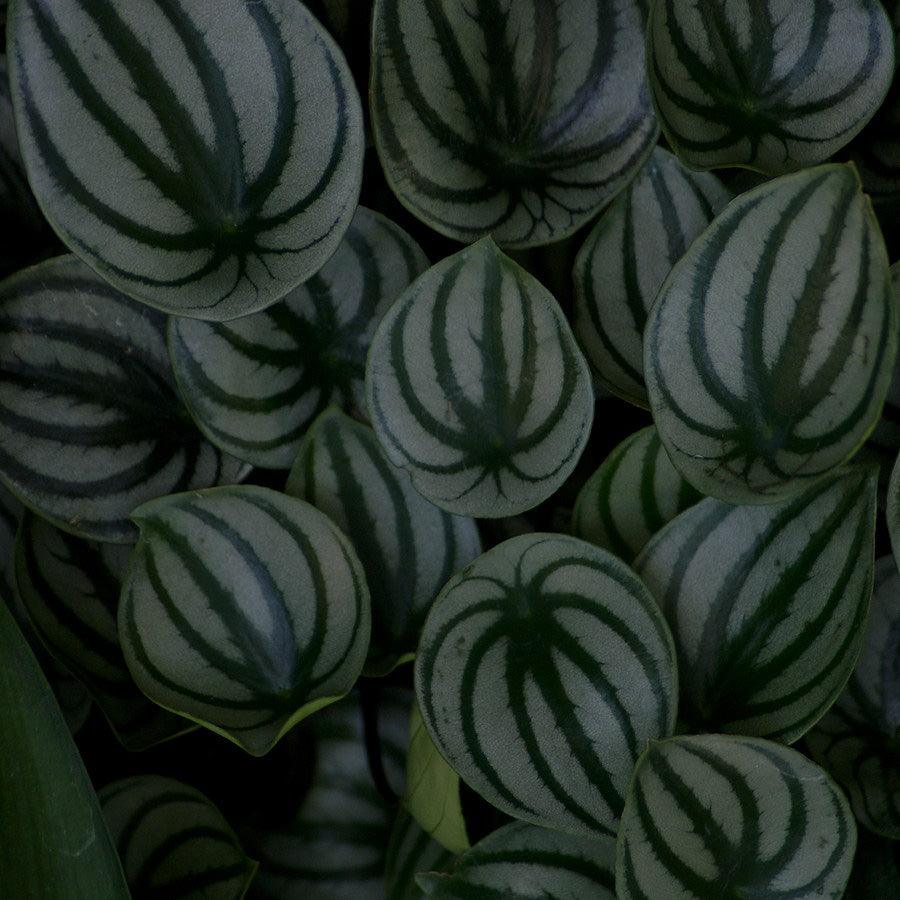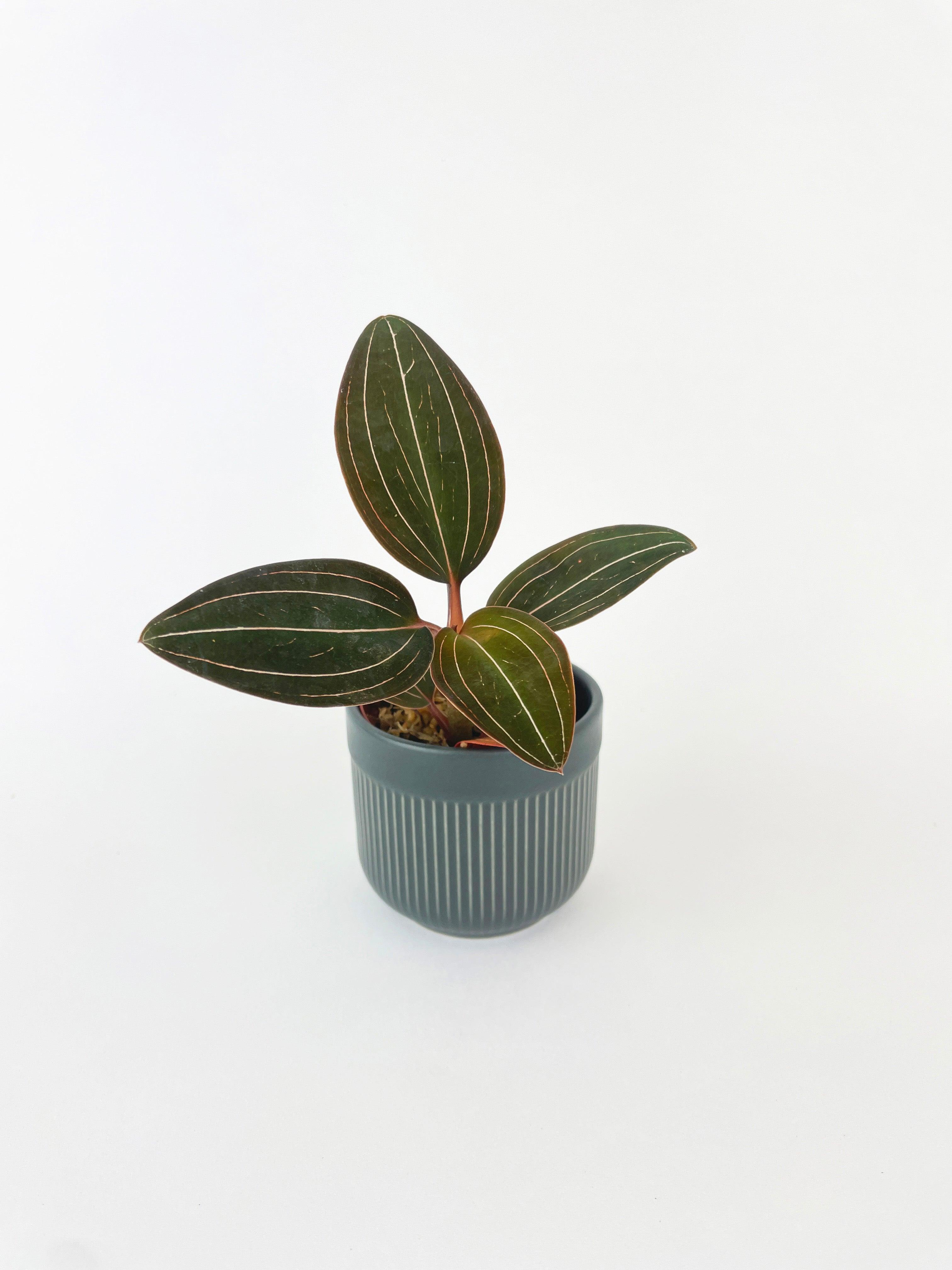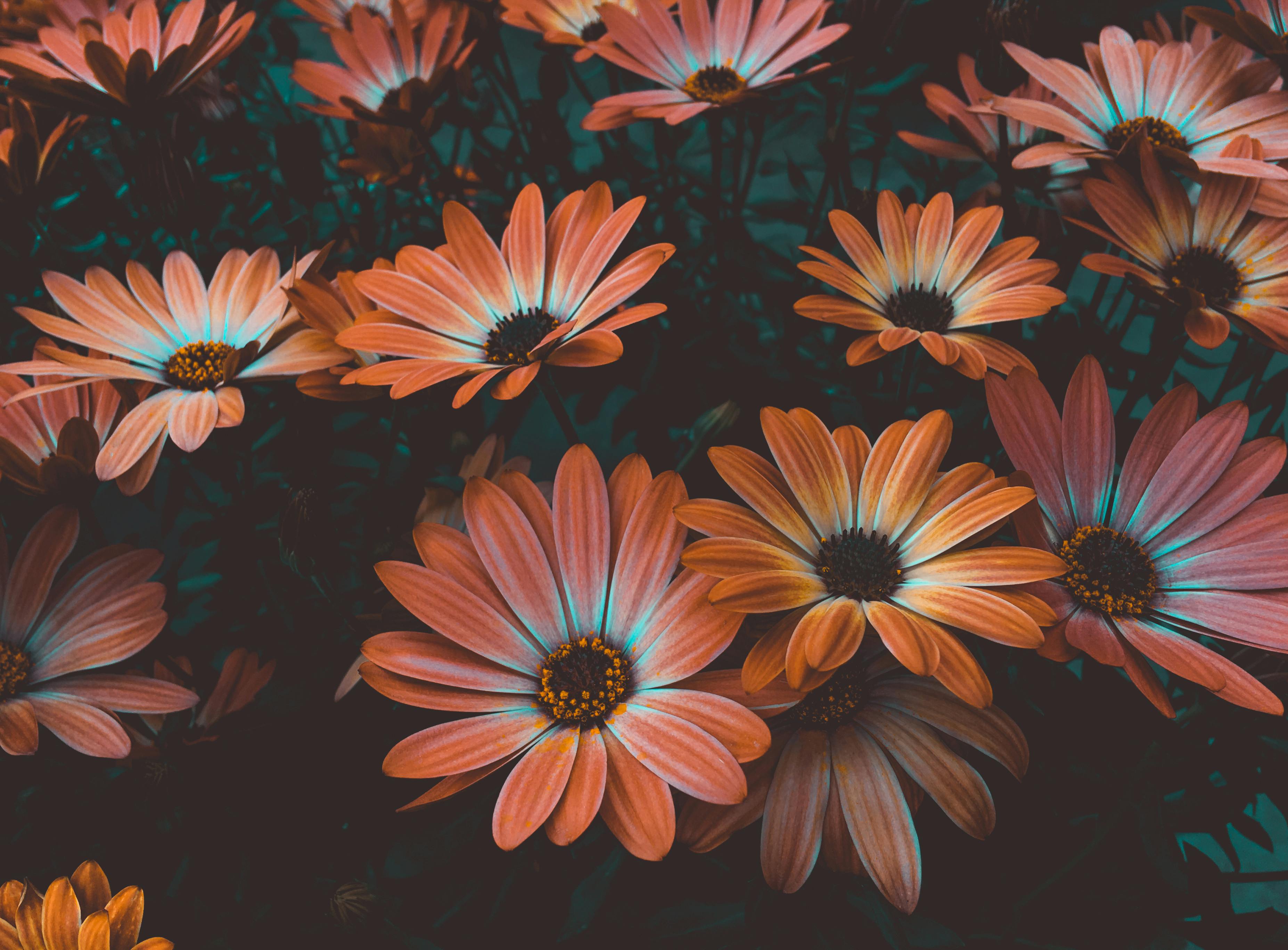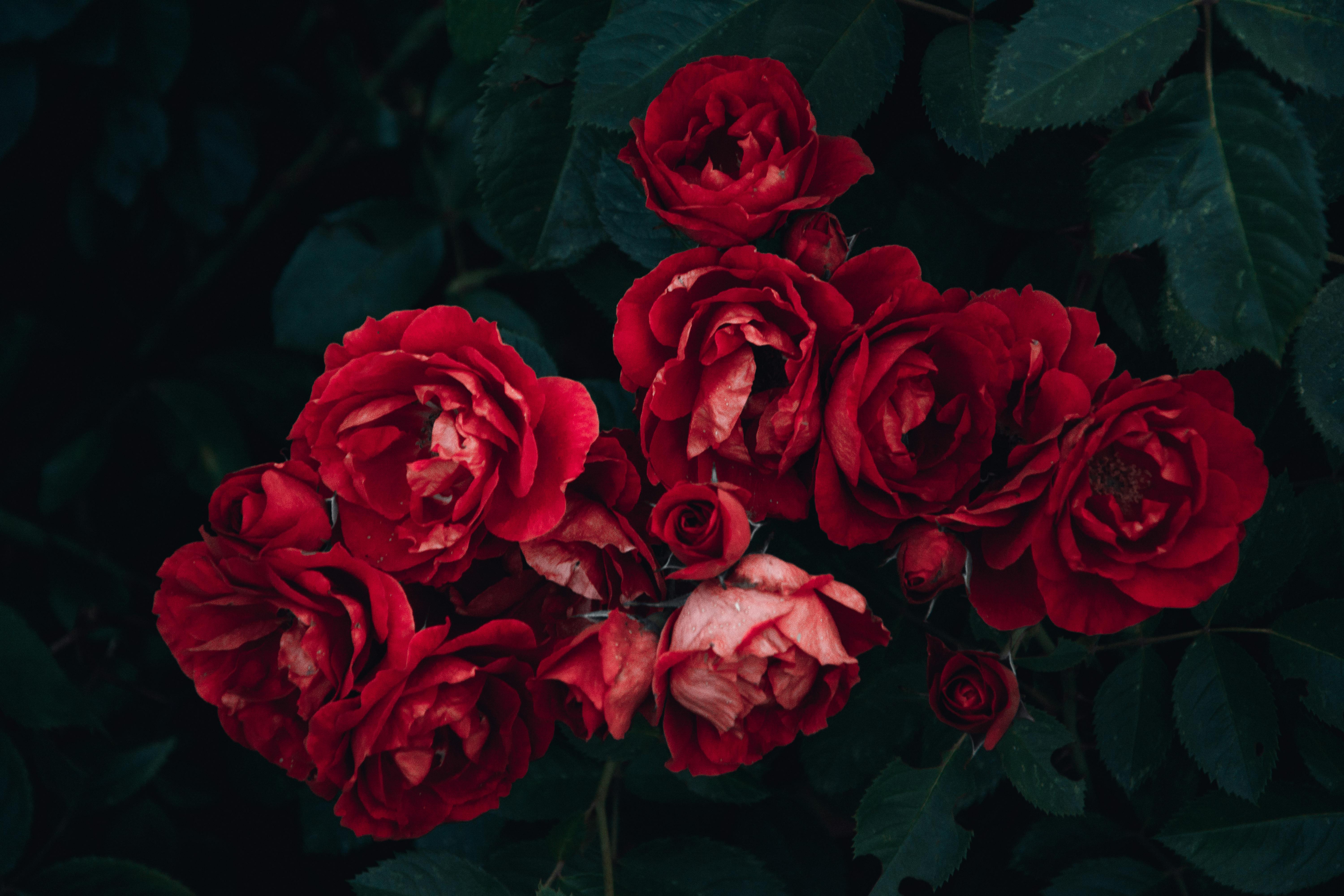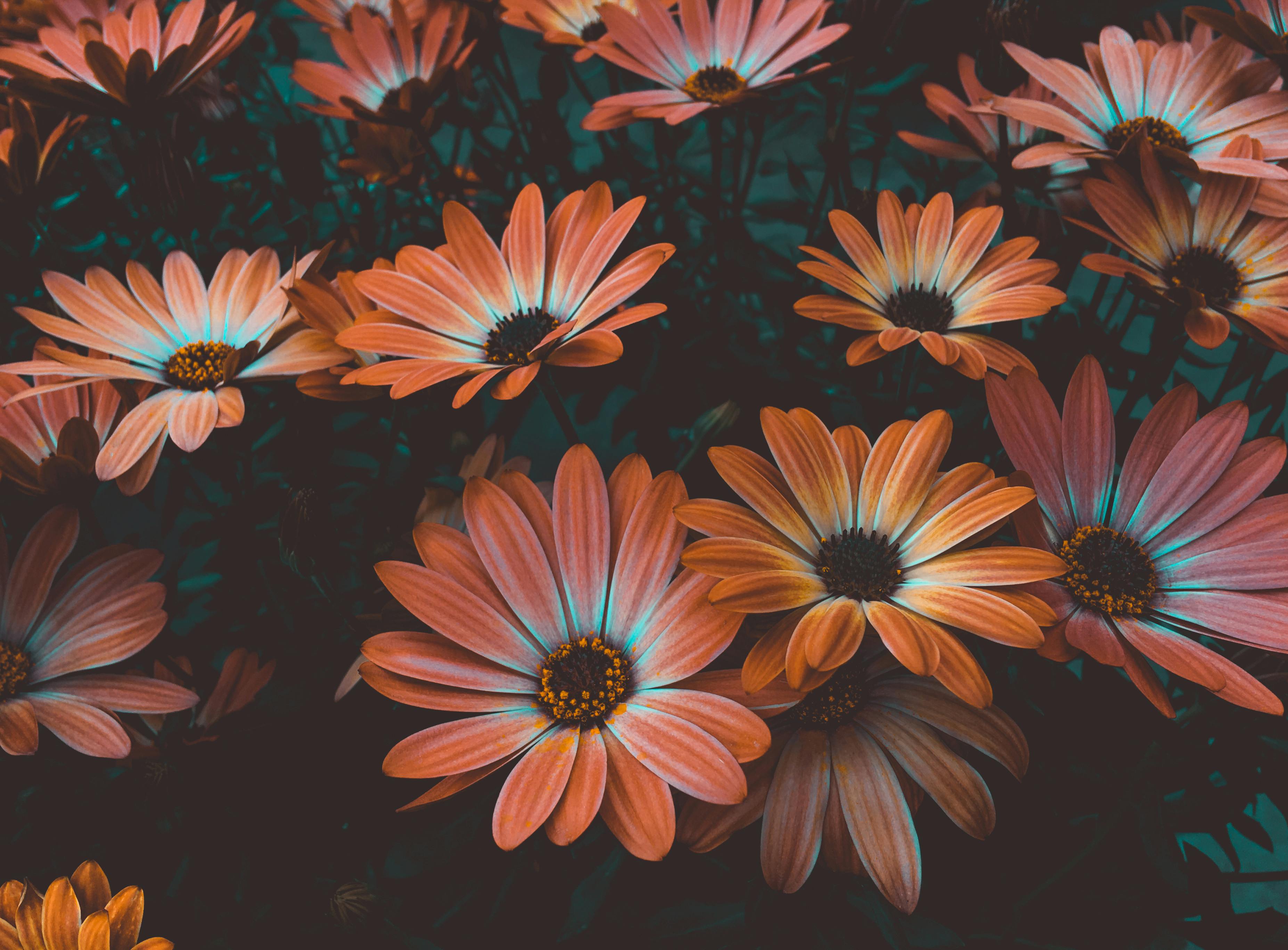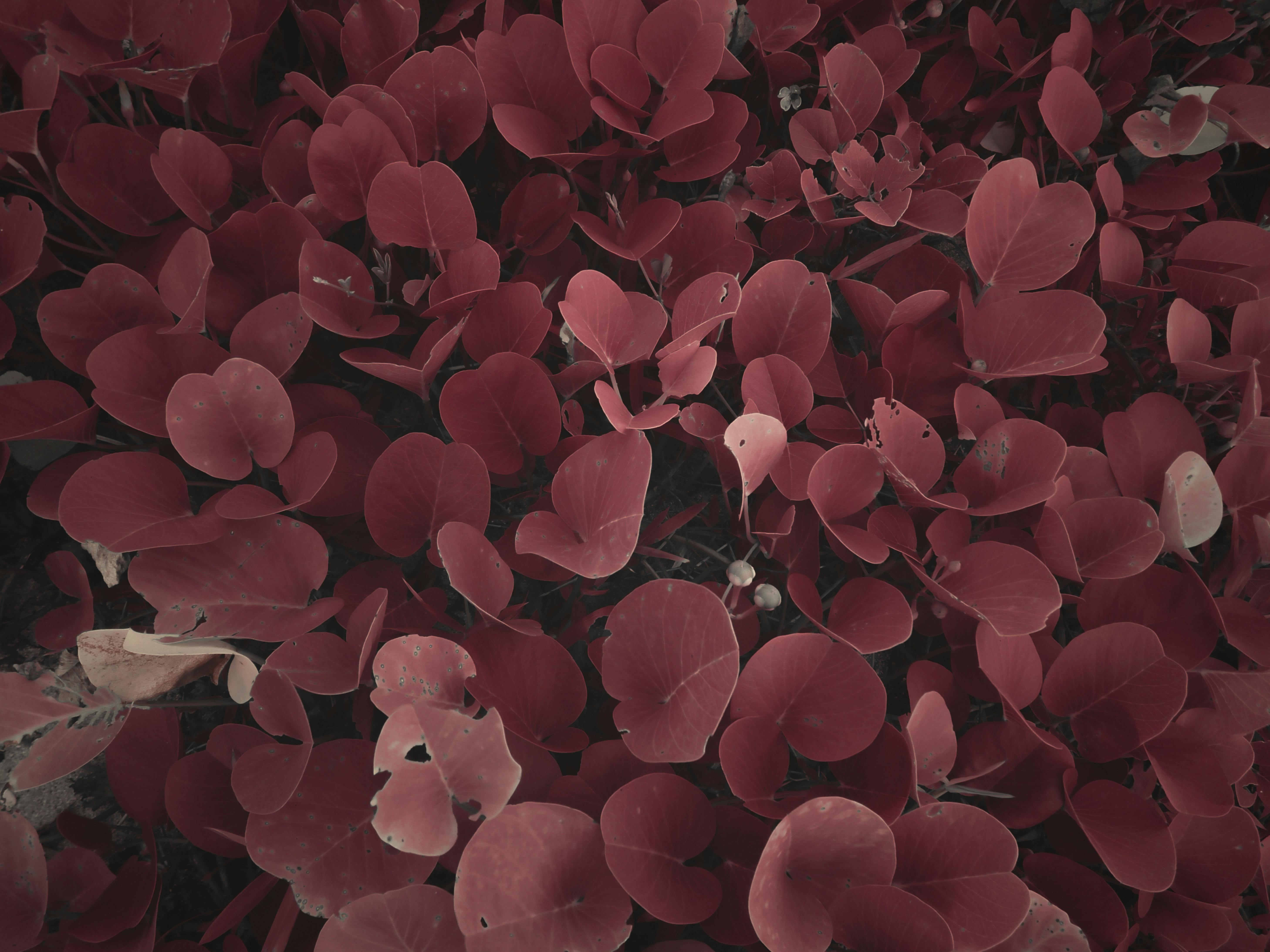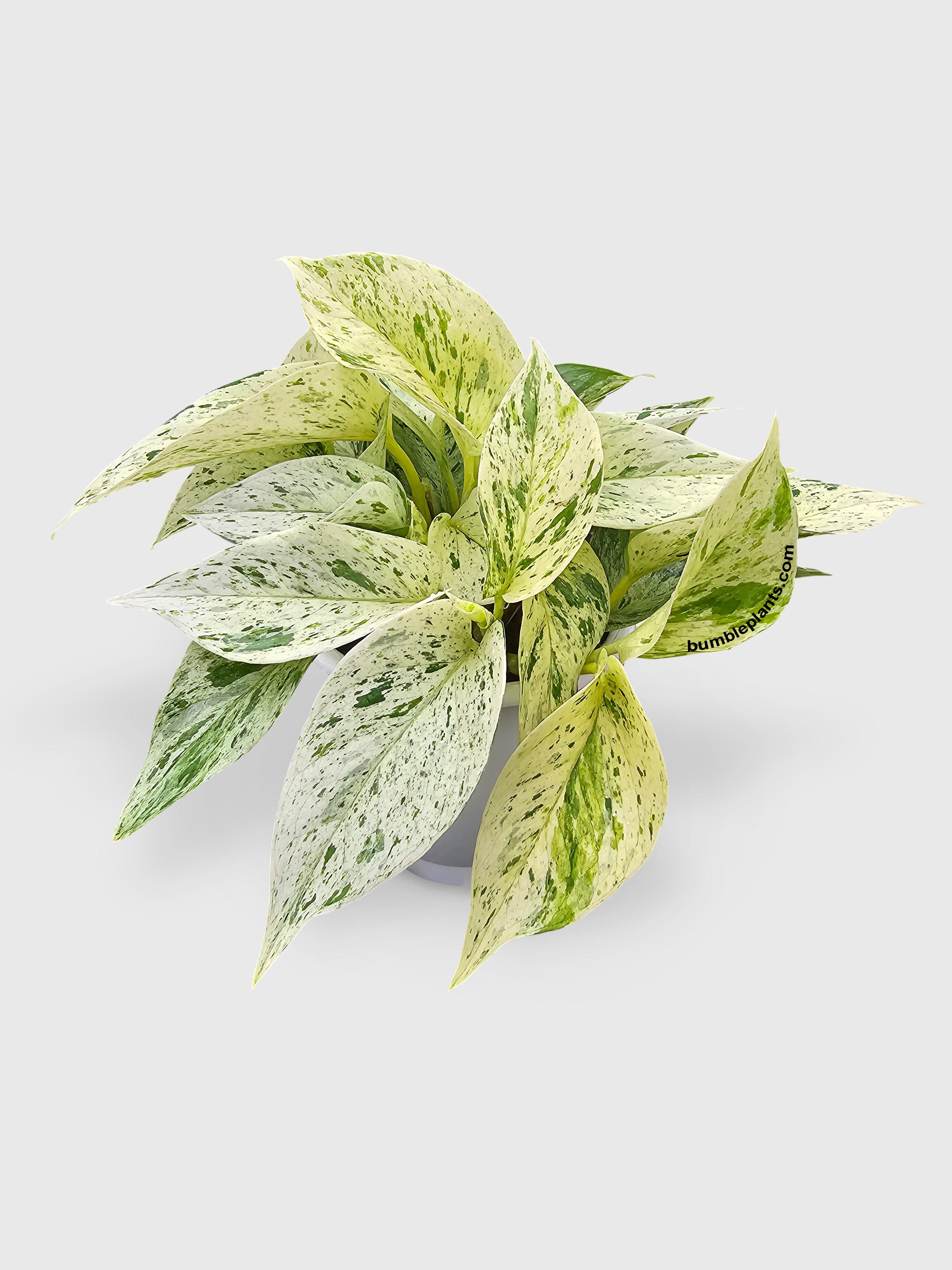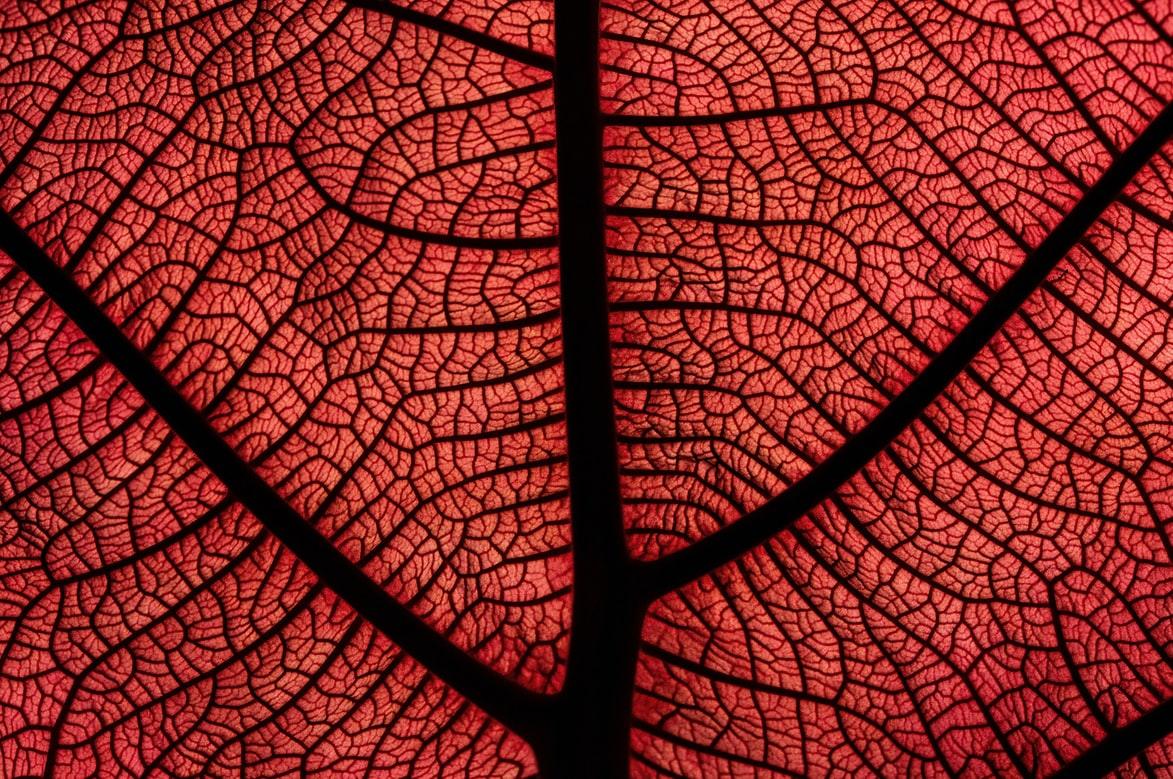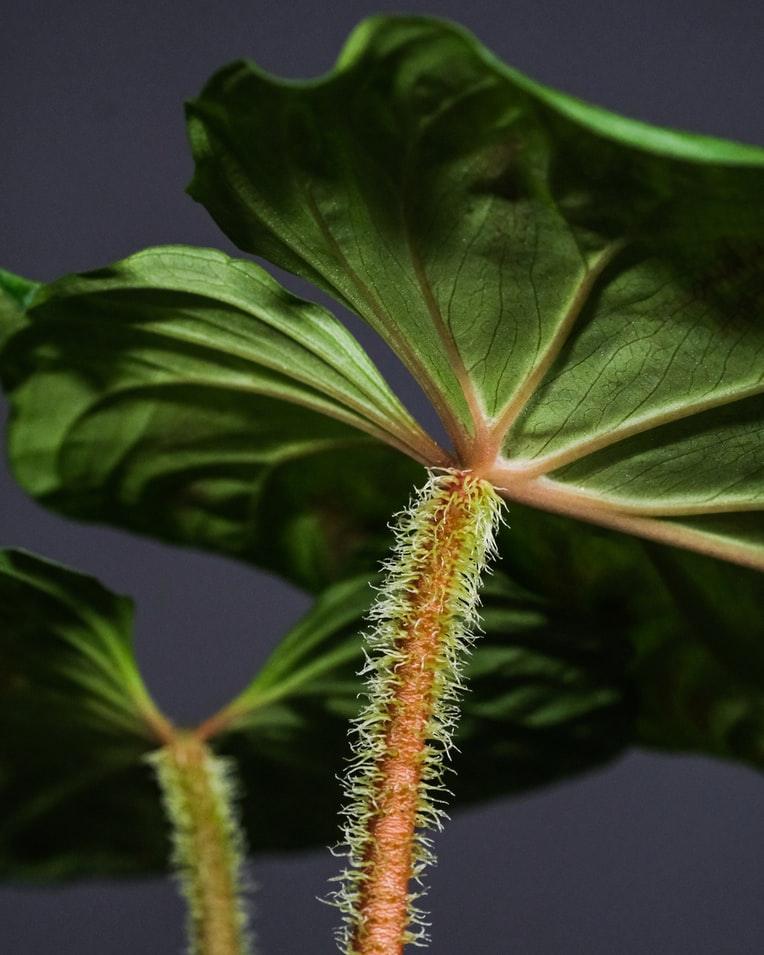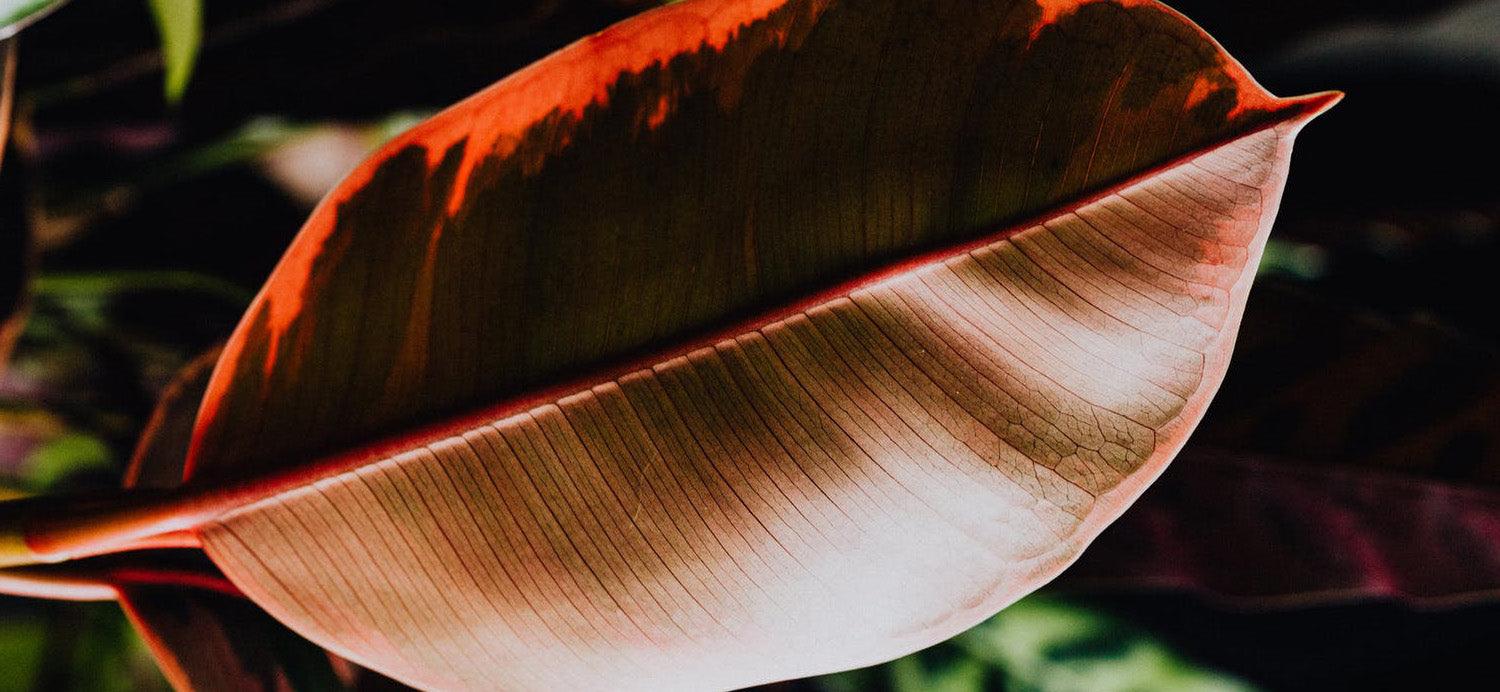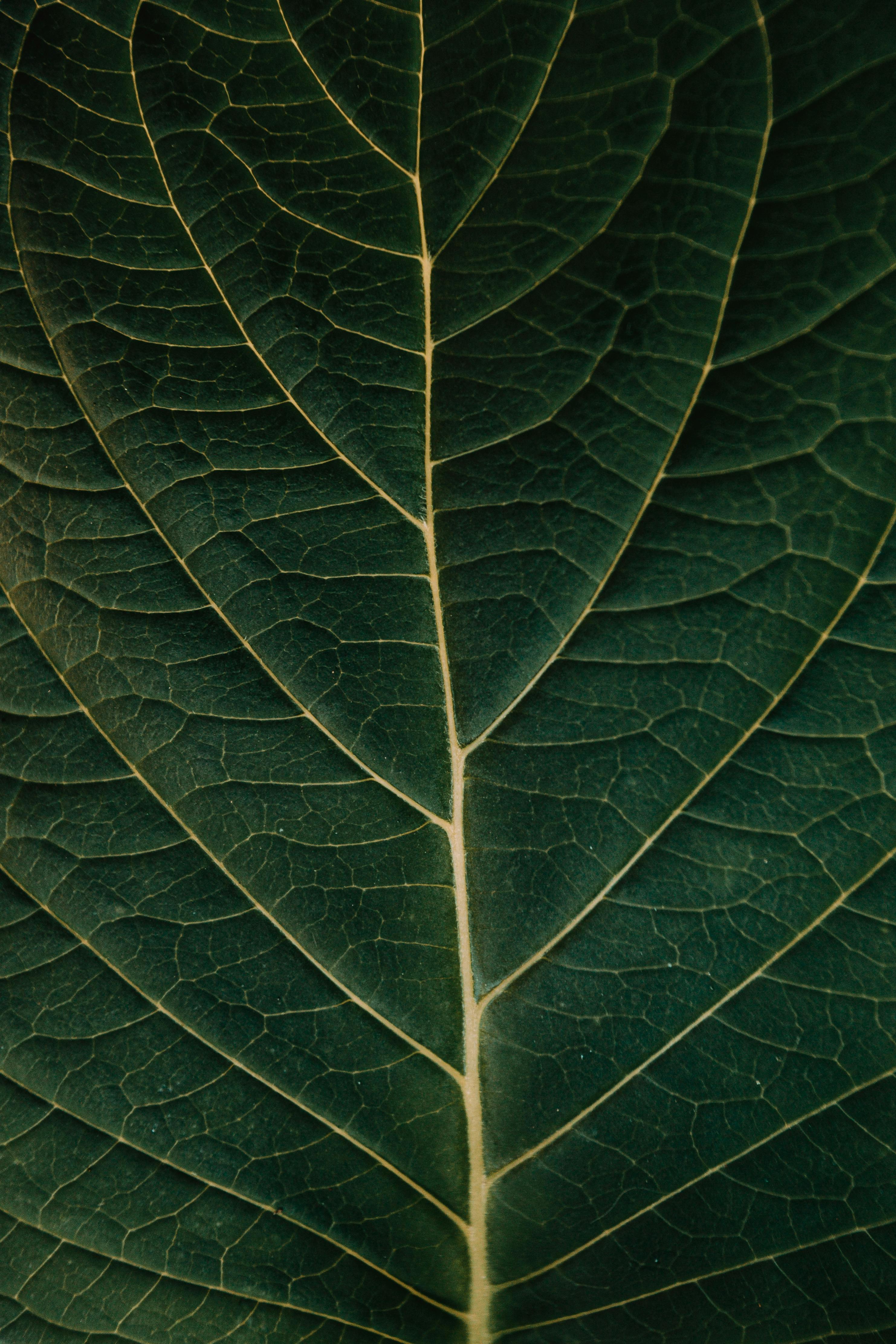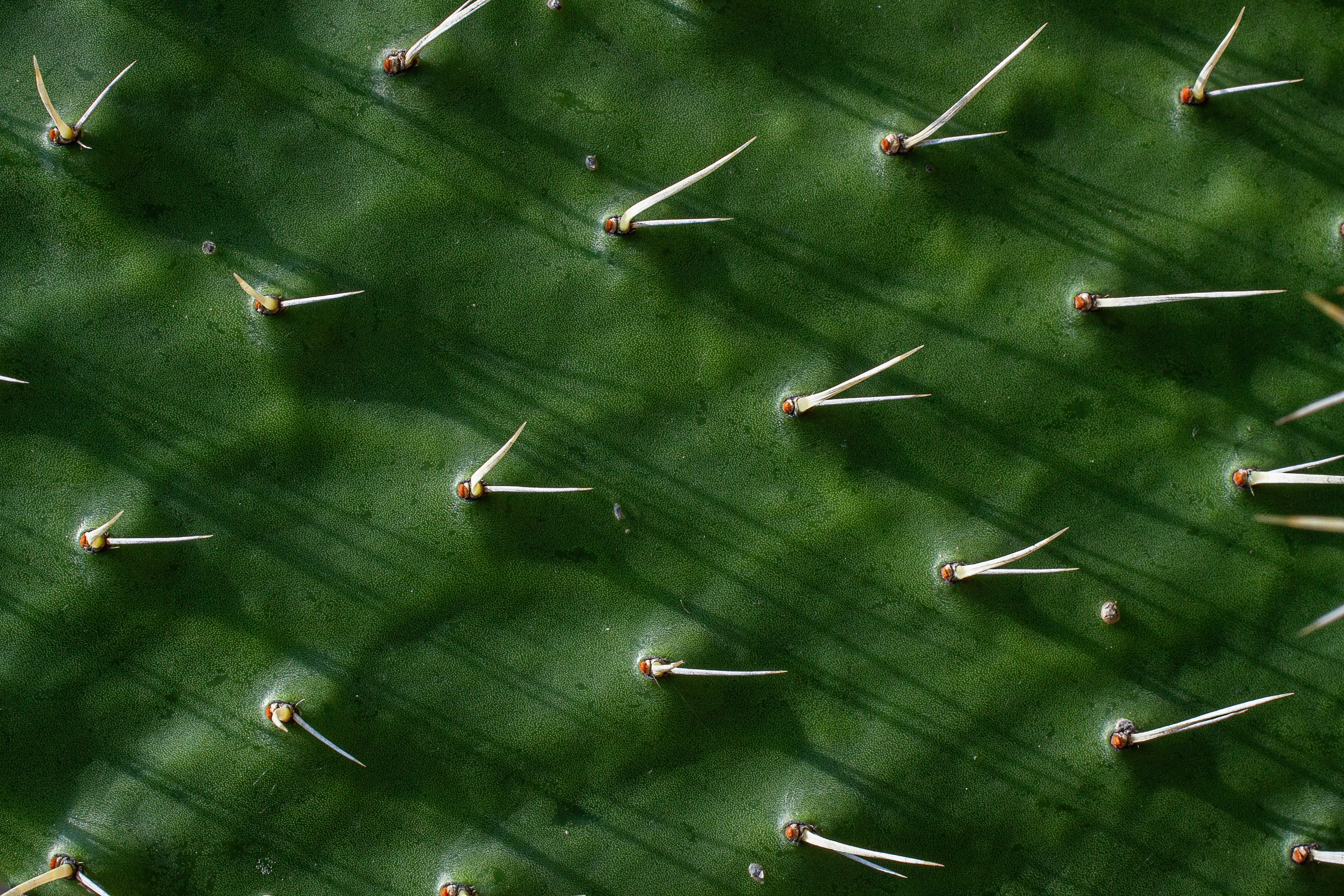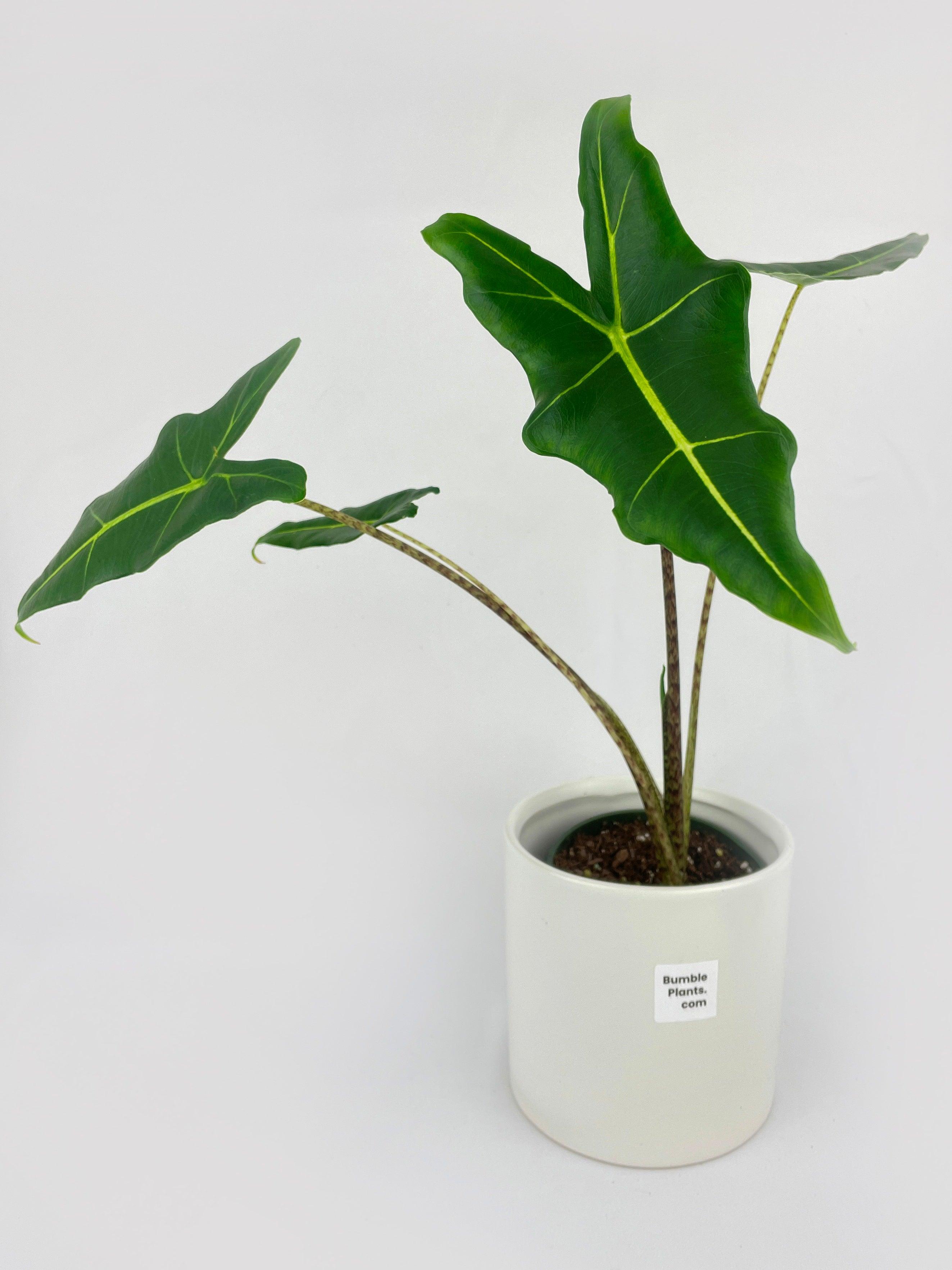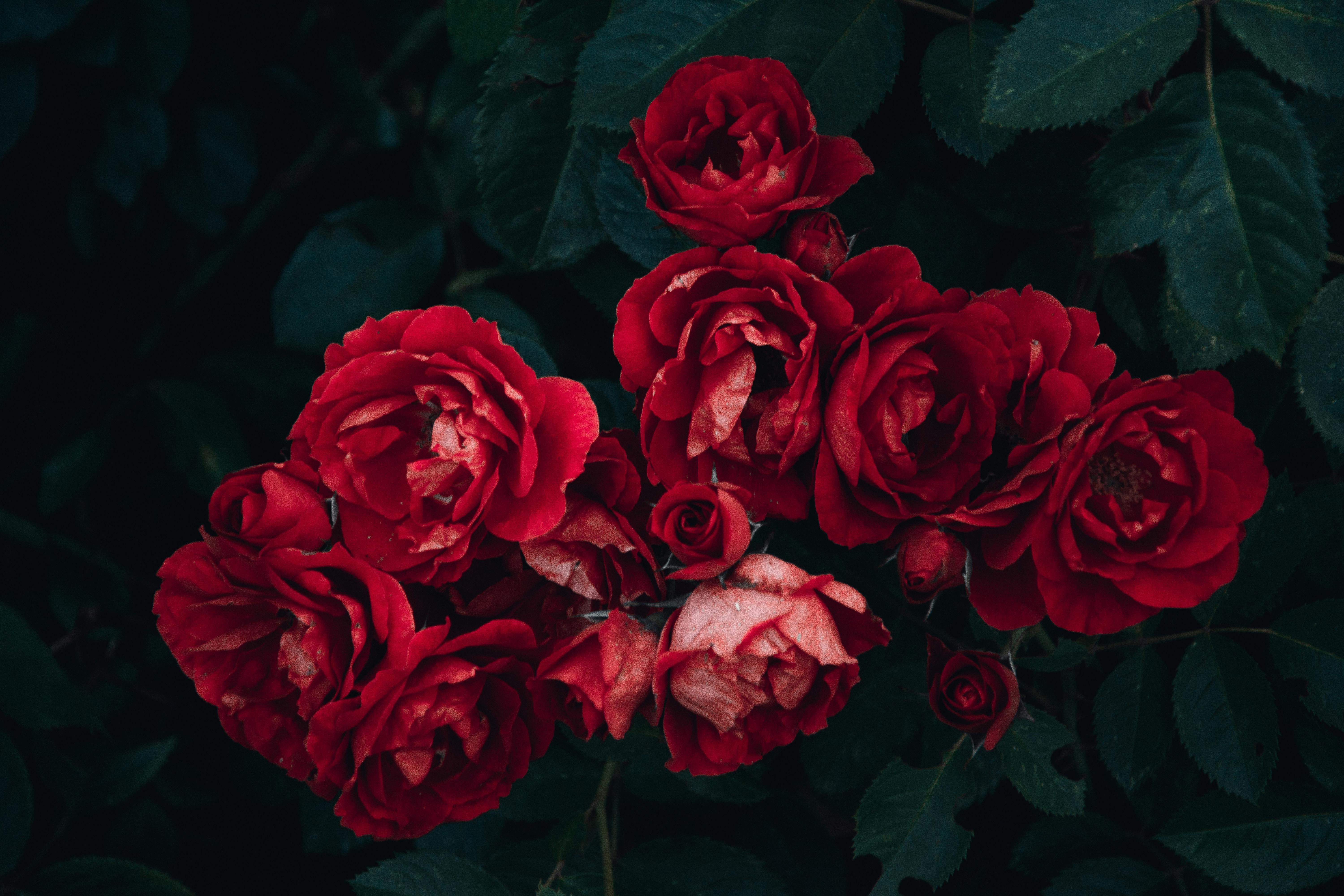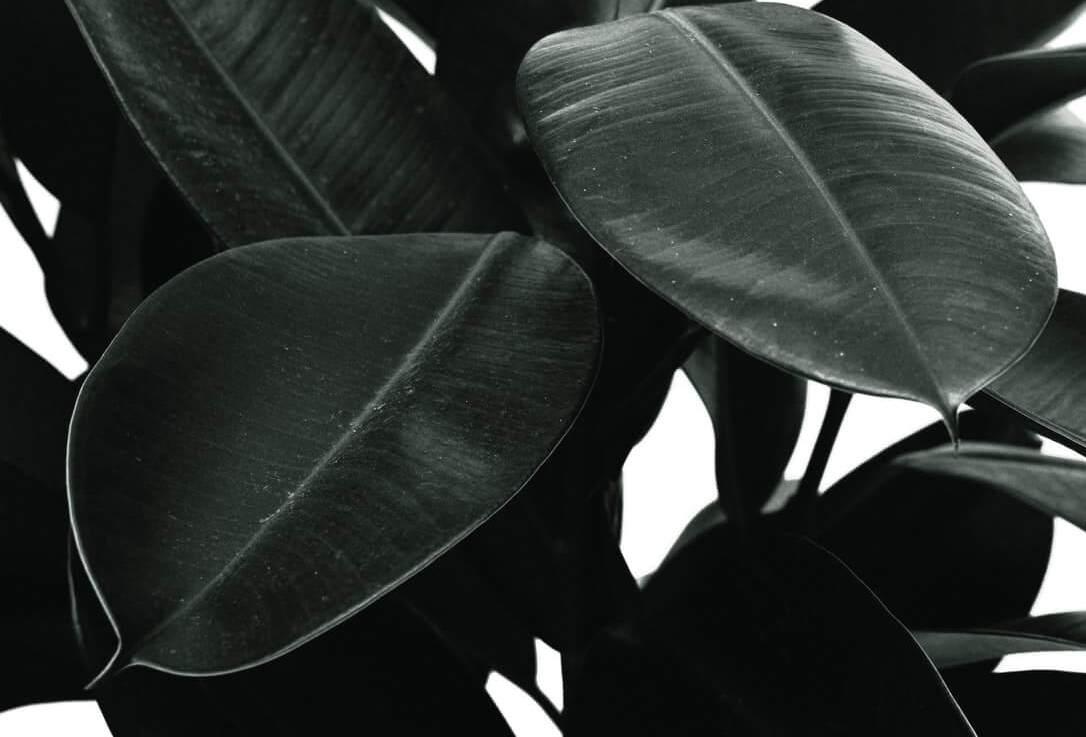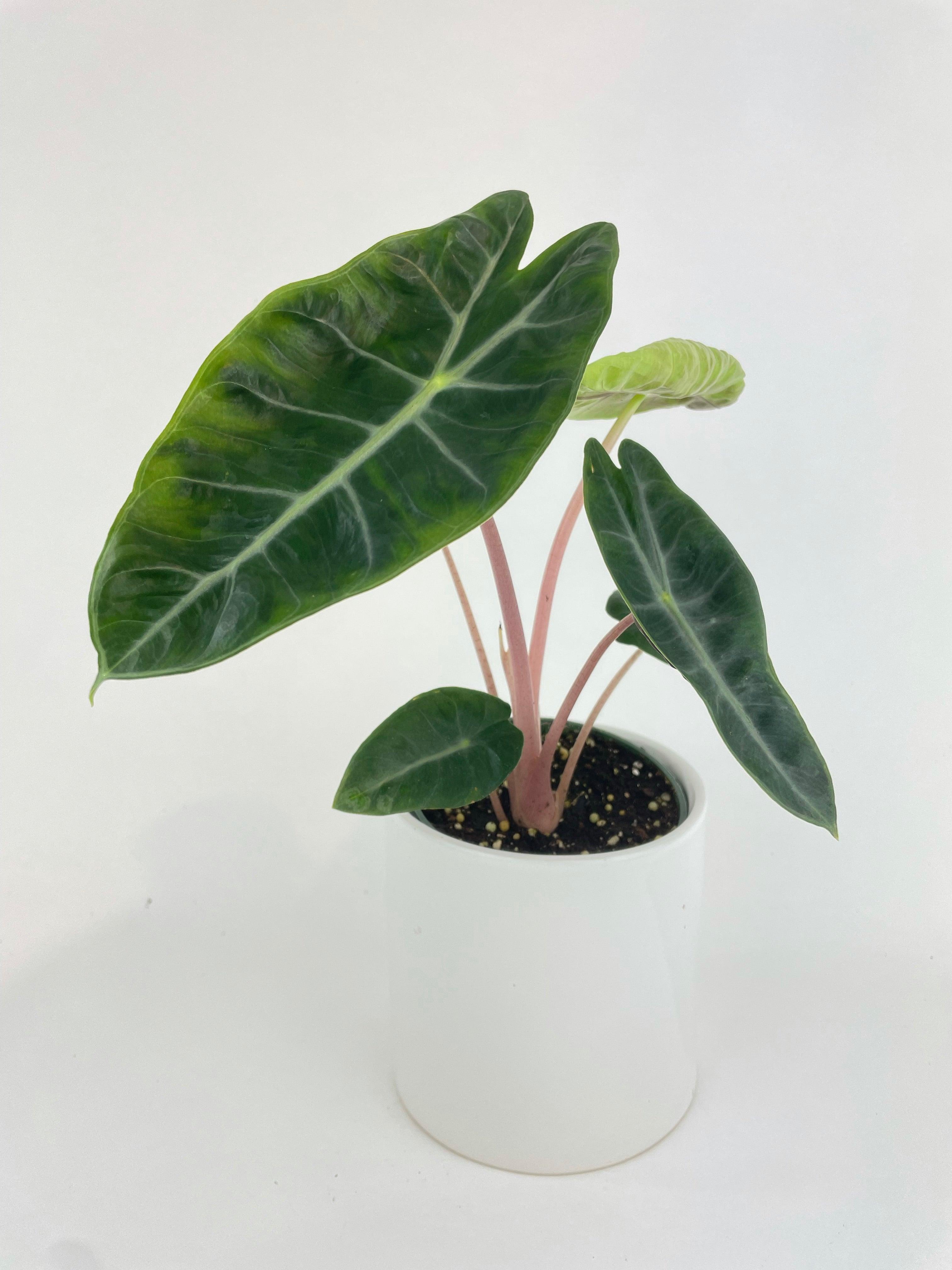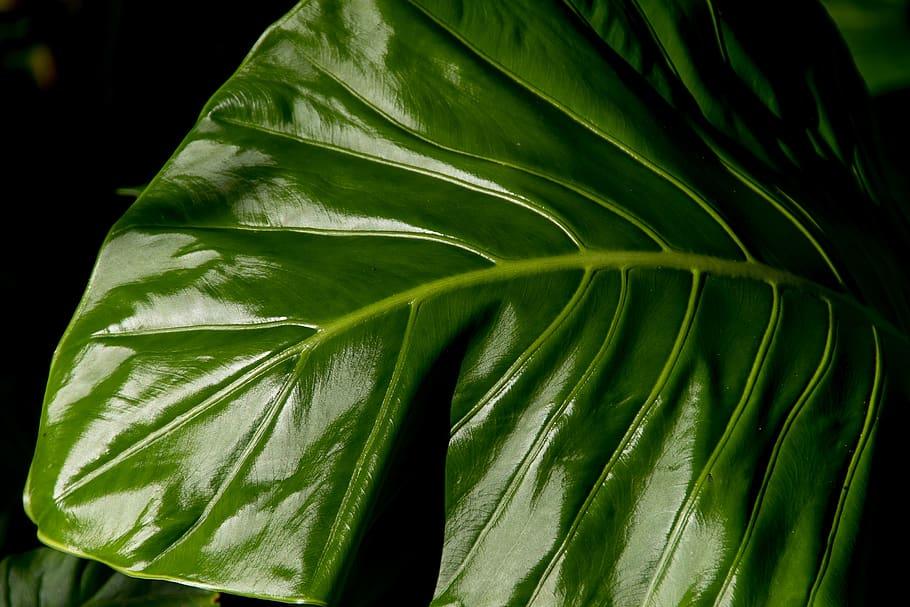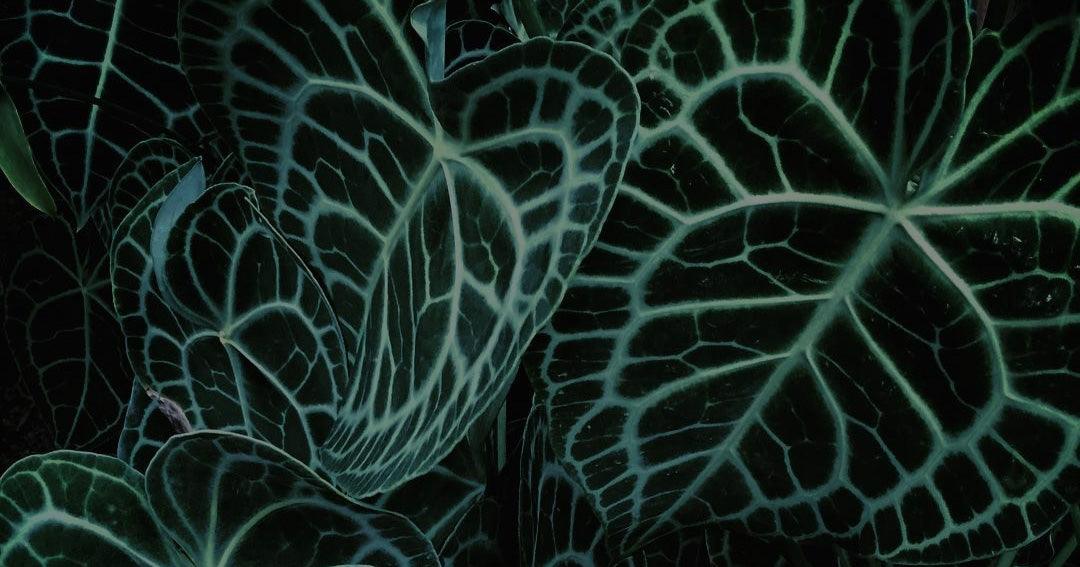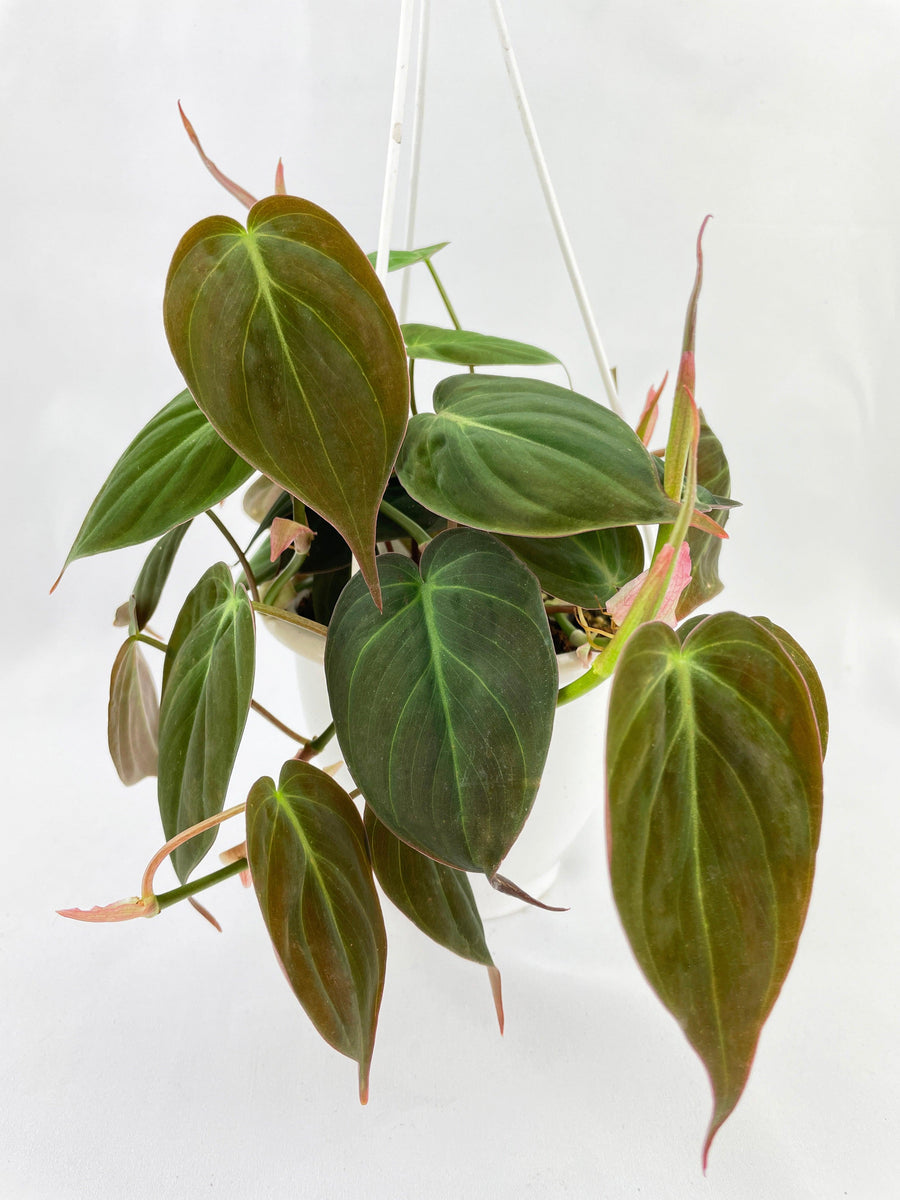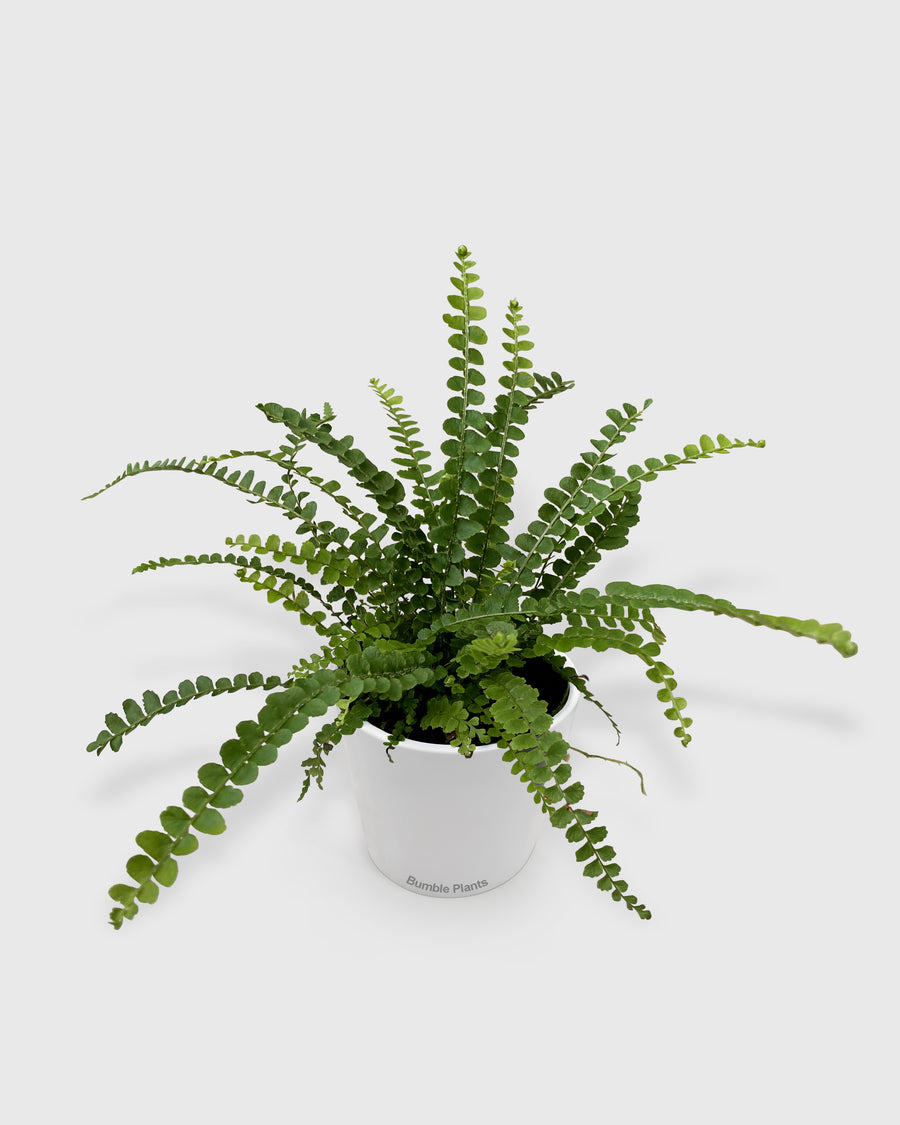Growing Houseplants from Seeds: The Ultimate Guide
Get ready to grow amazing, healthy plants inside your house. This comprehensive guide will show you how to grow houseplants, starting right from tiny seeds. If you've ever wondered about the joy of sowing seeds and witnessing them blossom into beautiful indoor companions, you're in for a treat. Whether you're a seasoned plant enthusiast or a curious beginner, this ultimate guide will provide you with the knowledge and insights needed to start on a successful and rewarding houseplant-growing adventure.
Choosing the Right Seeds
Starting the journey of growing houseplants from seeds begins with the crucial decision of selecting the right seeds for your indoor garden. As you are entering into this fascinating world, understanding the shades of different seeds becomes paramount. From houseplants to grow from seeds to discovering the best houseplants to grow from seeds, the choices are as diverse as the plants themselves.
Types of Houseplant Seeds
The two main types of seed plants are Gymnosperms (naked seeds) that have seeds that are exposed on the surface of scales or cones. They don't have flowers or fruits to enclose their seeds and the other one is Angiosperms (enclosed seeds) that have seeds that are enclosed within a fruit. They produce flowers, which are reproductive organs that attract pollinators like bees and butterflies.
Essential Tools and Materials
Tools for Seed Starting
Seed Trays
Shallow trays with cells or compartments to separate seeds and provide them with their own space to germinate. They come in various sizes and materials, with plastic being the most common and affordable.
Cell Packs
Similar to seed trays but with deeper cells for taller seedlings. Good for vegetables and herbs that need more space to grow before transplanting.
Peat Pots
Biodegradable pots made from compressed peat moss. They allow seedlings to be transplanted directly into the garden without disturbing their roots.
Soil Blockers
Tools that create compact cubes of soil mix, reducing waste and providing good root structure for seedlings.
Seed Starting Mix
This is a lightweight, well-draining potting mix specially formulated for germination and early seedling growth. Avoid using regular garden soil, as it can be too dense and hold too much moisture for delicate seedlings.
Grow Lights
Artificial lights provide seedlings with the light they need to thrive, especially if natural light is limited. Fluorescent and LED lights are popular options.
Heat Mats
Electric mats that provide gentle bottom heat to the soil, encouraging germination for seeds that prefer warm temperatures like tomatoes, peppers, and eggplants.
Spray Bottle
A fine mist spray bottle helps gently water seedlings without disturbing the soil or washing away seeds.
Creating the Ideal Environment
Once you have the right seeds and essential tools in hand, the next crucial step in growing houseplants from seeds is creating an optimal environment for germination.
Sun Seekers
Place sun-loving plants like succulents, cacti, and citrus trees near south-facing windows.
Filtered Fans
Foliage plants like ferns, begonias, and peace lilies prefer bright, indirect light. East or west-facing windows are ideal.
Shade Dwellers
Low-light tolerant plants like snake plants, ZZ plants, and cast iron plants can thrive in north-facing windows or even away from windows altogether.
Watering Wisdom
Different plants have different watering needs. Cacti might only need a monthly drink, while ferns might prefer consistently moist soil. Check the soil regularly and water when the top inch feels dry. Ensure pots have drainage holes to prevent waterlogging, which can rot roots. Grouping plants or using pebble trays under pots can boost humidity, especially beneficial for tropical plants.
Temperature
Most houseplants prefer temperatures between 65°F and 75°F. Avoid cold drafts and keep plants away from heat sources like radiators. Adjust watering slightly in cooler months as plants transpire less.
Fresh Air
Open windows occasionally to circulate fresh air and prevent fungal diseases. Good air circulation can help deter pests.
Fertilize Lightly
During spring and summer, fertilize monthly with a diluted houseplant fertilizer.
Repotting Right
Repot plants when they become rootbound, typically every 1-2 years. Choose a pot slightly larger than the current one.
Transplanting Seedlings
Transplanting seedlings is an exciting step in the journey of nurturing your houseplants from seeds! It allows your little sprouts more space to grow and develop into thriving greenery.
Timing
Wait until your seedlings have developed their first set of true leaves, beyond the initial cotyledons. This typically takes 4-6 weeks. Their roots should also be well-established and starting to fill the current container.
Preparing the New Pots
Choose pots 2-3 inches larger in diameter than the current seedling containers. Ensure they have drainage holes to prevent waterlogging. Fill the pots with a well-draining potting mix specifically formulated for houseplants. Leave about an inch of space from the rim.
Transplanting Steps
Gently water the seedlings in their current containers an hour before transplanting. Support the base of the seedling and carefully tip the container upside down, If the roots are tightly bound. Gently tease them apart with your fingers. Make a hole in the new potting mix slightly larger than the root ball of the seedling. Place the seedling in the hole and gently fill in the space around the roots with a potting mix finally Water the transplanted seedling thoroughly until water drains from the drainage holes.
Troubleshooting Common Issues
Even the most dedicated plant parent encounters bumps in the road. Don't despair if your leafy friends are looking a little worse for wear! Here's a guide to troubleshooting some common houseplant woes:
Brown Leaves
This is the most common culprit. Check the soil regularly, and water when the top inch feels dry. Excess water can lead to root rot, causing leaves to brown and drop. Let the soil dry out completely between waterings, and ensure your pot has drainage holes. Too much direct sunlight can scorch leaves, especially for shade-loving plants. Move your plant to a location with filtered light. Lack of essential nutrients can cause leaf browning. Fertilize lightly during spring and summer with a diluted houseplant fertilizer.
Yellowing Leaves
Similar to brown leaves, yellowing can indicate a lack of nutrients. Excess water can also cause leaves to yellow and drop. Lower leaves are naturally yellow and fall off as the plant grows.
Wilting
This is the most likely culprit for wilting leaves and drooping stems. While surprising, sometimes overwatering can also cause wilting due to root rot. High temperatures can cause plants to wilt. Check for signs of pests or diseases, which can also cause wilting.
Leggy Growth
Plants stretch towards light sources, resulting in leggy growth if they're not receiving enough. Being pot-bound can also lead to leggy growth as the plant strains for space.
Remember, early diagnosis and intervention are key to resolving houseplant problems. By observing your plants and providing them with the proper care, you can keep them happy and healthy for years to come.
Celebrating Success
Your houseplants are growing big and strong! This part is all about patting yourself on the back for doing such a great job with your indoor garden. You should be proud.
Showcasing the Beauty of Fully Grown Houseplants
When your houseplants graduate from tiny sprouts to leafy giants, it's like witnessing a slow-motion nature documentary right in your living room! Their beauty goes beyond just green blobs – it's a symphony of shapes, textures, and colors that adds personality and pizzazz to every nook and cranny. Let's dive into the captivating charm of mature houseplants:
Statuesque Stunners
Imagine a Fiddle Leaf Fig stretching towards the ceiling, its broad leaves like emerald hands reaching for the sun. Or a Monstera plant unfurling its giant, split leaves, casting dramatic shadows on the wall. These full-grown beauties aren't just plants – they're living sculptures, transforming your space into a mini jungle oasis.
Cascading Curtains
Trailing plants like String of Pearls or Spider Plants are nature's playful artists. Their long, leafy vines drape over shelves and hang from baskets, creating a mesmerizing green waterfall effect. They soften harsh corners, add movement, and make your room feel like it's breathing.
Desert Delights
Succulents and Cacti bring a touch of the desert's rugged charm indoors. Their quirky shapes, from plump spheres to spiky towers, and vibrant hues, from jade green to fiery orange, create a mini Zen garden on your windowsill. They're low-maintenance eye candy that soothes the soul with their quiet resilience.
Blooming Beacons
Don't let anyone tell you houseplants can't be floral superstars! African Violets burst open with cheerful blooms in a rainbow of colors, while Peace Lilies offer elegant white flowers that not only look stunning but also purify the air. These blooming beauties add pops of color and life, reminding you that nature's magic thrives even within your walls.
Beyond the Surface
The beauty of mature houseplants goes deeper than just their looks. They're living air purifiers, filtering out toxins and boosting your mood. They're silent companions that witness your life unfold, offering a calming presence and a touch of green serenity.
Conclusion
In concluding this ultimate guide to growing houseplants from seeds, we've embarked on a journey that goes beyond mere cultivation. It's a journey that involves patience, passion, and the joy of witnessing life unfold in the heart of your home. As we reflect on the diverse topics covered, from choosing the right seeds to celebrating the beauty of fully grown houseplants, let's summarize the key takeaways.


